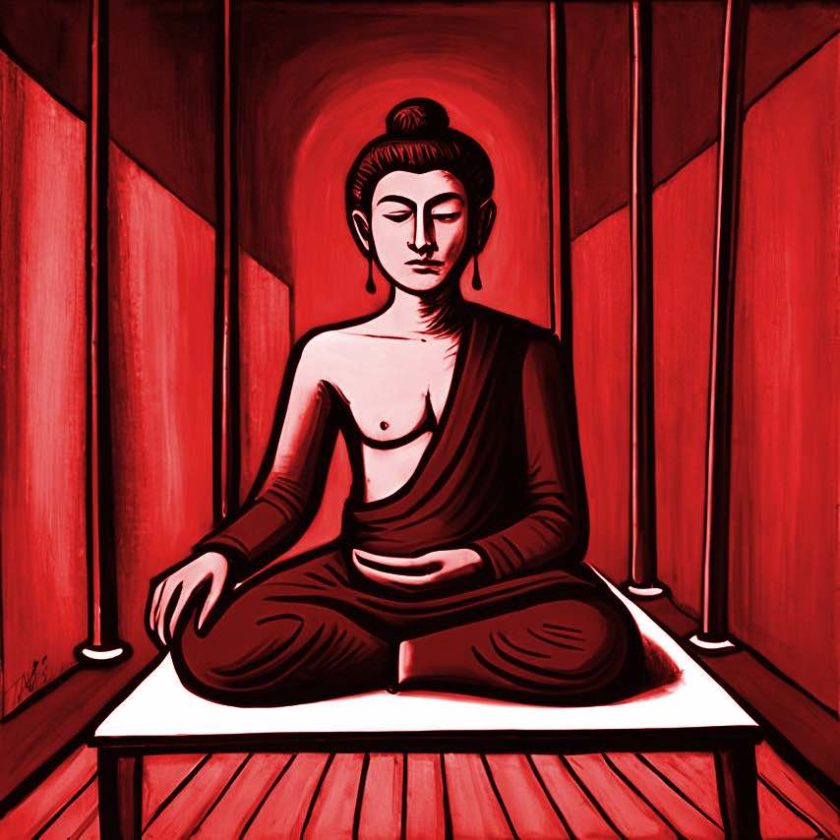To function, a machine needs fuel, coal, electricity, etc. The consumerist machine works above all thanks to the dissatisfaction of people. It is because we exacerbate our desires that we are more inclined to buy products and services of all kinds. Essentially, if everyone lived satisfied or was not artificially maintained in dissatisfaction, we would consume much less.
To say it this way is a bit simplistic, you might say. In itself, the more complex a society is, the more its functioning requires the satisfaction of complex desires. In short, complexity breeds multiplicity.
Consumerism Or The Illusion Of Belonging To The Dominant Class
For a long time, only a tiny part of the population had access to refined, expensive and rare products. It was the aristocrats then the bourgeois. The bourgeois tried to take over the aristocratic codes while being legally excluded from the elite. They could dress like gentlemen, that is to say, wearing elegant and prized fabrics, but they could not ostensibly carry weapons, they were forced to pay taxes and were forbidden to practice certain prestigious professions that were reserved for the nobility, such as the profession of senior officer.
Luxury goods artificially gave the impression that one belonged to the nobility without actually being part of it. Today, it’s a bit the same thing, we consume expensive products to look like movie stars or web influencers.
The Misfortune Of Some Makes The Happiness Of Others
Consumerism has been defined as “the promotion of consumer interests; in particular, the promotion of economic consumption of goods and services” (Oxford English Dictionary). This concept has become inescapable in our society as the economy and marketing strategies increasingly target us as consumers, presenting us with vast and varied options of products and services.
Consumerism works because it takes advantage of human nature; there is a fundamental desire within us to want more. This desire is believed to be part of the evolutionary “fight or flight” response, allowing us to compete for resources and providing a survival mechanism. This natural inclination is employed by consumerism, tapping into our desires and dissatisfaction with the current state of affairs to drive us to purchase desired items and services.
Today, commercial marketers use a variety of tactics to manipulate our desires, such as commercials, product placement, celebrity endorsements and cleverly branded packaging. These strategies are designed to convince us that purchasing the items in question will somehow improve our lives and satisfy our basic wants and desires.
The result of these strategies is that even when we receive a satisfying and desirable array of items, we will continue to seek out the next “big thing” that promises to meet our needs in a better and more efficient way. It is this easy availability of desirable items and services that drives consumerism, and it is by feeding our desires and dissatisfaction that these processes are perpetuated.
In conclusion, consumerism works by tapping into our basic desires and dissatisfaction with the status quo. Through manipulation of the environment, marketers attempt to present us with options that meet our basic wants and desires. By tapping into our evolutionary impulse to seek more and create dissatisfaction with the current state of affairs, marketers are able to feed our natural inclination to acquire more, thus perpetuating the cycle of consumerism.










